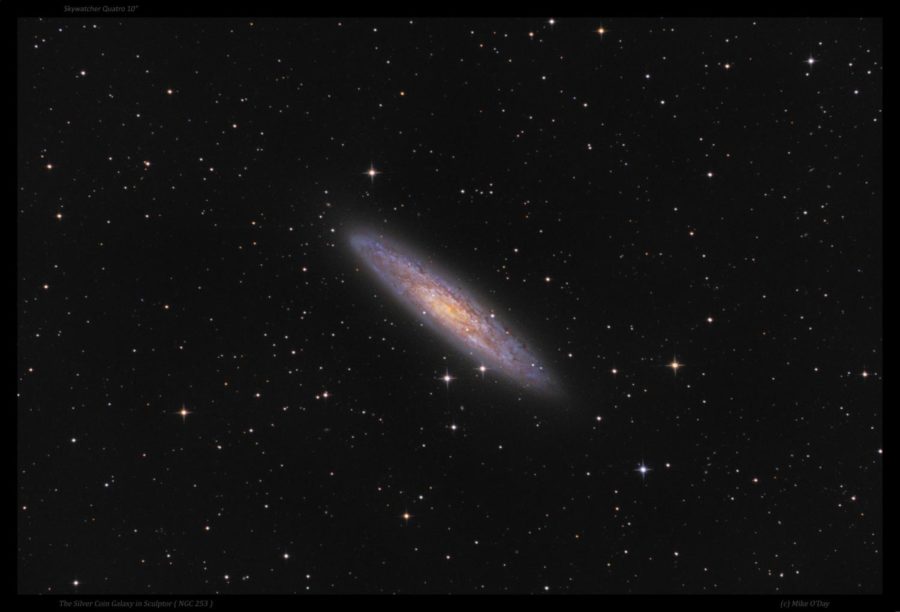Computer model simulation explains star distributions in galaxy discs
October 8, 2020
A new computer model is showing astrophysicists how gas clouds contribute to the exponential fade in galaxy discs in regards to star distribution.
Jian Wu, astrophysics doctoral student at Iowa State, took the lead on the most recent research about galaxy discs using a GADGET 2 computer model.
“Galaxy discs exist in many types of galaxies,” Wu said. “Spiral galaxies, S0 types galaxies and some irregular galaxies have stars distributed in a disc.”
Galaxy discs consist of two main components: stars and gas clouds. The closer a star is to the central region, the more stars will be seen around it. The farther away from the center, the less stars will be seen.
“In almost all the galaxy discs, the compactness of stars decreases exponentially as the distance to the galactic center increases,” Wu said.
This can be attributed to the orbital eccentricity of each star. Orbital eccentricity is derived from conic section calculations and is represented by a number. This parameter determines the amount an orbit around another body deviates from a perfect circle.
Wu, Curtis Struck, professor of astronomy at Iowa State, Elena D’Onghia, an associate professor of astronomy at UW-Madison and Bruce Elmegreen, a research scientist in New York, all researched how stars could be scattered smoothly in galactic discs.
Wu and his colleagues worked together to simulate the evolution of a galaxy disc with the presence of massive gas clouds. They describe the research and the model in their paper, Stellar scattering and the formation of exponential discs in self-gravitating systems.
The group has been pursuing this research for over a decade.
“We feel we have a much deeper understanding of the physical processes that resolve this almost 50-year-old key problem,” Struck said in an earlier interview.
The use of a realistic model helped support some previous theories, including analytic theories that favor the Jeans/Poisson equations zero entropy gradient solution. The clumps of gas had gravitational impulses, which in turn altered the orbit of stars.
“Close encounters between stars and clumps can produce abrupt changes in stellar orbits and shift stars radially,” they wrote. “These events can make trajectories more eccentric, but many leave eccentricities little changed. On average, orbital eccentricities of stars increase moderately with time.”
Wu said the model provides a robust theory and explains the formation of exponential discs all across the universe. He believes this new theory will contribute to astrophysics across many galaxies.
“Galaxies are luminous islands in the vast ocean of the universe; each contains billions of stars,” he said. “When one spots a galaxy of these types in the universe, a galaxy disc is found. When looking up, I feel every star is telling a unique story to me.”

















